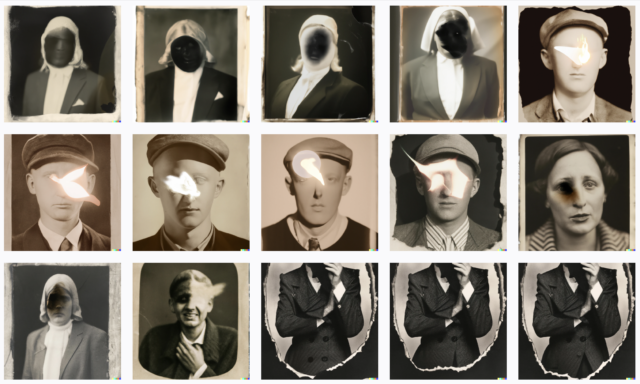I find it difficult to believe that the summer (and by extension, this research project) is nearing completion. I’m always amazed by how much I’ve learned and how much my perspective has evolved between each blog post; At the beginning of this project I felt as though I already knew what conclusions I would come to regarding AI and it’s artistic applications (and even what sort of conceptual projects I was hoping to pursue with it), and I am pleasantly surprised by how much I have been challenged by the academic and artistic work surrounding this topic. It’s wonderful to get to a place with research where you understand the intricate web that connects the individuals participating in this conversation and the way their ideas build upon and contradict one another. Concluding this project, I feel like I have answered the questions that I set out to, but have amassed a whole set of new questions that I hope to answer in future projects and investigations.
As I’ve focused on concluding my research, I’ve found a number of sources that affirm the conclusions that I’ve come to—that AI is often used/perceived in one of two ways when it comes to artistic work. Scholar Chiara Ricciardone addresses this in her essay “Artifical Fiction,” as does writer Hannes Bajohr in his investigation, “The Paradox of Anthroponormative Restriction:
Artistic Artificial Intelligence and Literary Writing.” Ricciardone and Bajohr both observe that artificial intelligence can be utilized in a way that holds it to a standard of human understanding and creativity, using it as a tool that attempts to replicate a human role (Bajohr refers to this as “strong AI” which is “anthropomorphically restrictive”). The alternative is to use it as a collaborator, a discrete medium, which is inherently more experimental and respects the AI’s un-humanness. Although Bajohr and Ricciardone predominantly focus on these two ideas through the lens of AI literature, I believe they are just as applicable to AI the visual arts. Are you using AI as a replacement for a human product photographer or illustrator? Or are you using it as an informational hivemind in a way that conceptually supports the basis of your work?
Although I believe both routes are valid uses of AI, I believe that the latter is much more successful than the former, especially given the youth of this technology. As I mentioned in my previous post, AI is fallible, and I believe it is these fallibilities that enable it to be an interesting medium to work in. If I succeeded at perfectly replicating human consciousness and creativity, it would no longer be interesting; It’s the failings, hallucinations, and breakdowns that make it such a fascinating medium to work in.
As I near the end of my project, I have a few artistic AI-based projects I intend to work on. Some of them explore AI as a human replacement (what Bajohr refers to as “strong AI”), and others explore AI as an experimental, inhuman, fallible collaborator that conceptually interacts with the work. I think both avenues are worth exploring, just to show how conceptually different they really are.
For example, following my time in Berlin, I made a small book addressing the burning of the Hirschfeld Institute’s library. The book explores how to make an object that captures absences and replicates the feeling of loss. As part of this project, I used AI as a tool (“strong AI”) to create bodies of text that look like German but aren’t really, and to generate images that replicated those from Weimar Berlin but with the subjects censored or removed. I found this relatively successful, but acknowledged that these AI generated products contribute nothing conceptually to my work, as they would have been achievable without it (just requiring more effort exerted on my end).
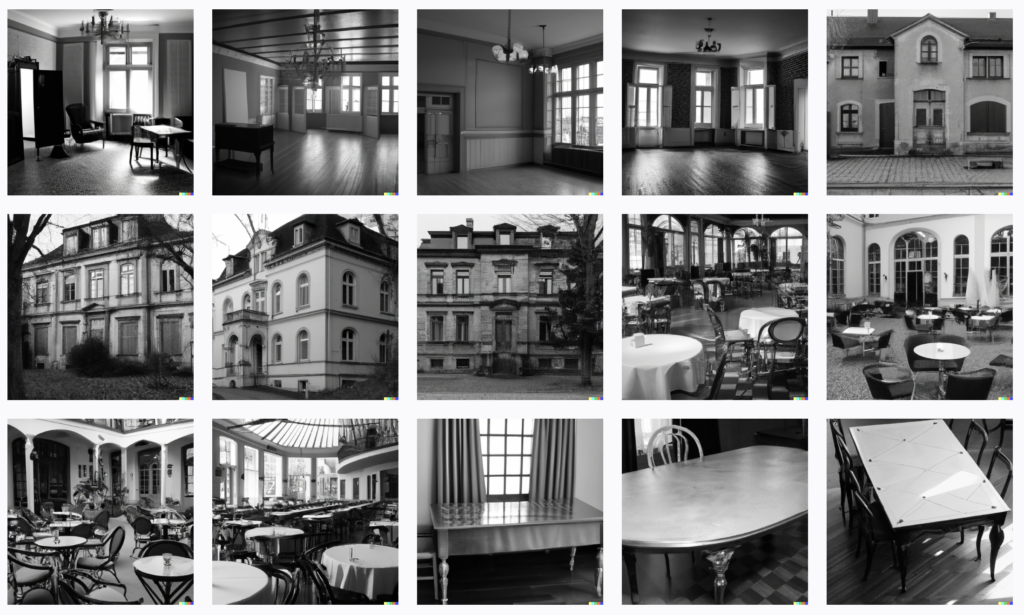
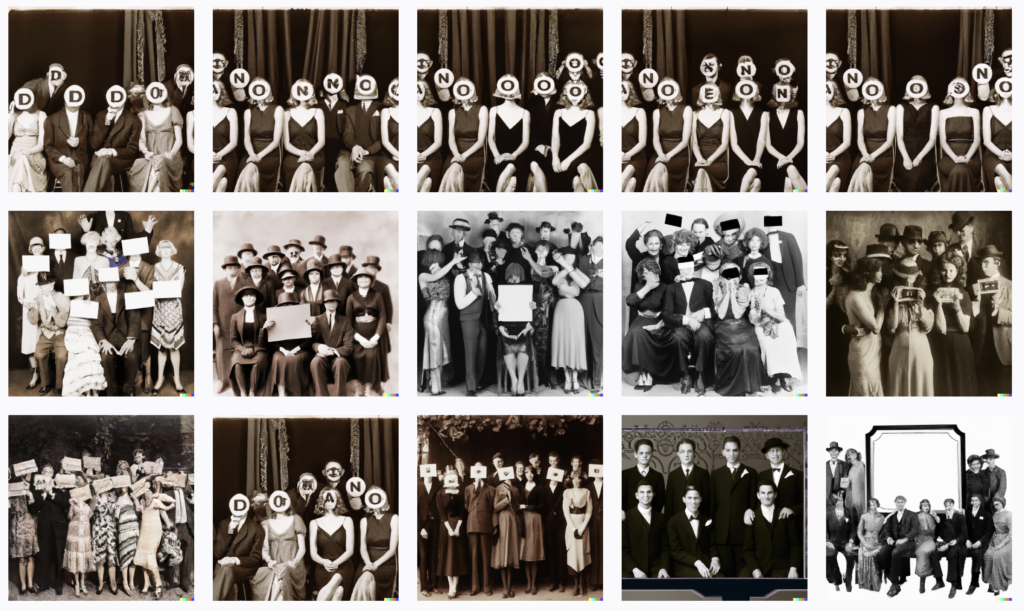
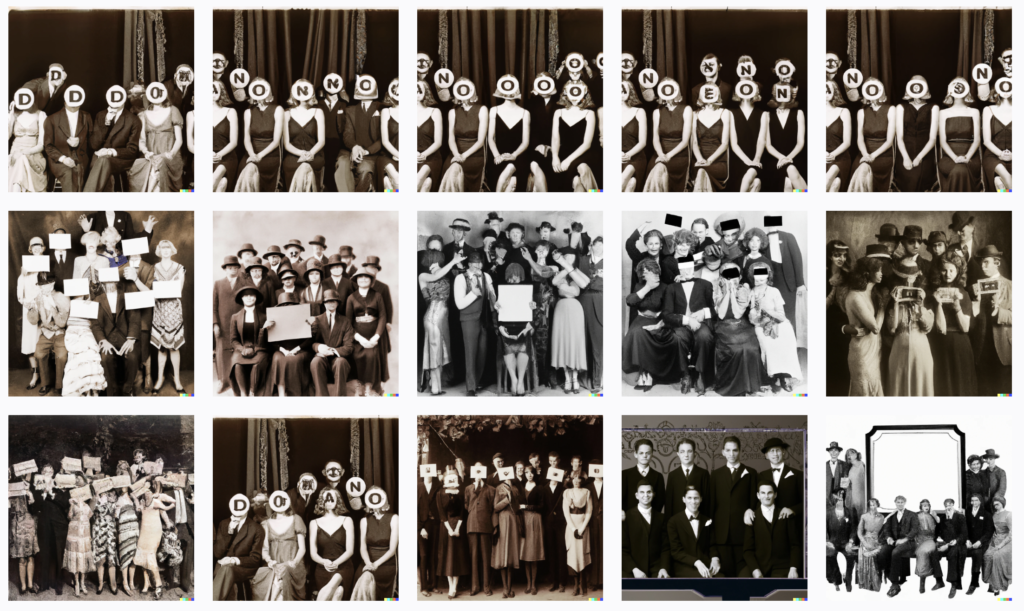
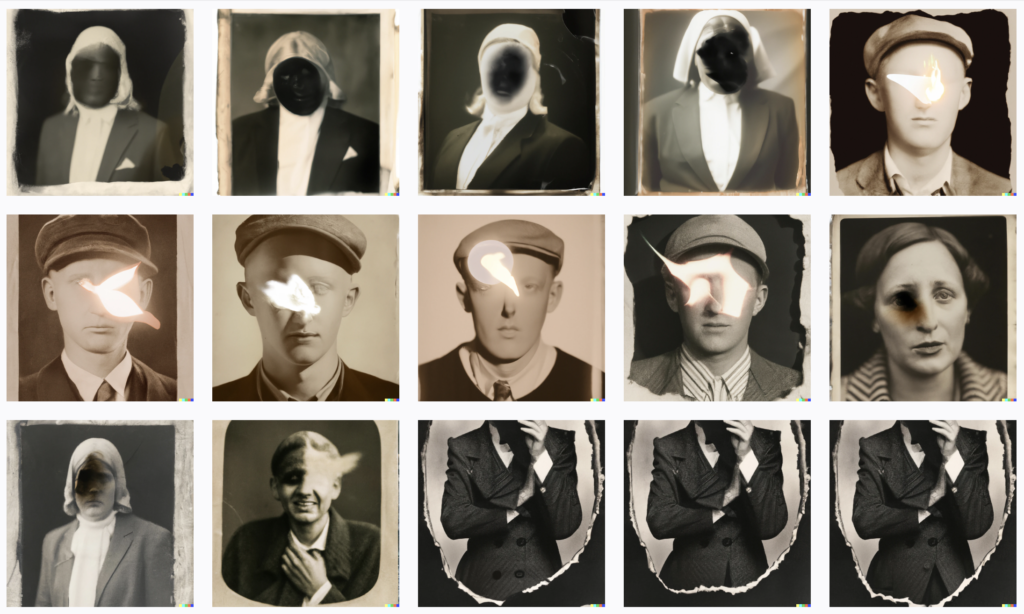
Inspired by my visit to the Neue Nationalgalerie in Berlin to see a Tehching Hsieh show, I am interested in using AI to a performative and logical extreme, asking it to plan my day down to the minute and following it to a T. This involves writing an extremely detailed prompt (utilizing my knowledge of prompt engineering), and intends to exemplify the way AI is inherently inhuman, but also a meaningful experimental collaborator in the art of living (“weak AI”). Below is a preliminary draft of this prompt, which is still in development.
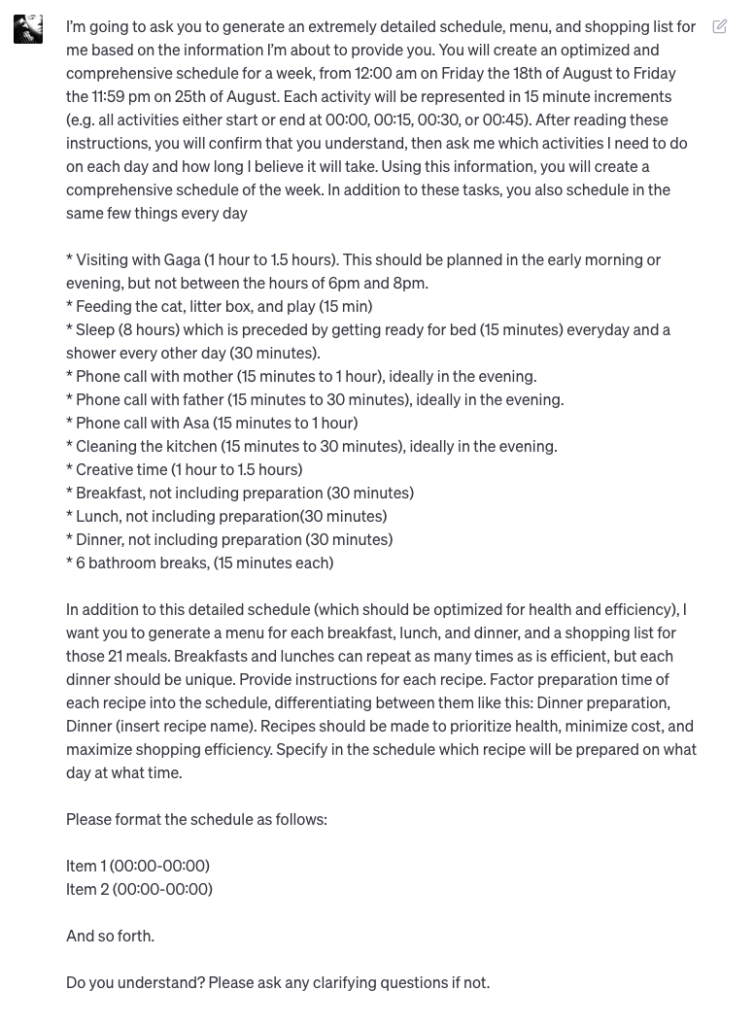

I’m still exploring how I want to document this piece, since it is so ephemeral and performance-based. My goal this week is to research conceptual artists (like Hseih) who have done similar things and investigate how they chose to document their work.
